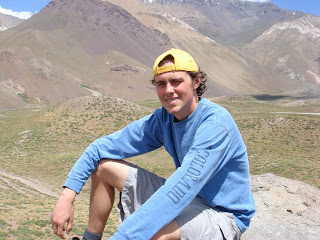Ernest Hemingway in the Romano Archipelago – Enrique Cirules 134 pgs.
This short work recounts the life and times of Ernest Hemingway in Cuba. Although not widely studied, Hemingway’s experiences in Cuba formed a lasting impression on the writer and became a source of inspiration and material for much of his later work. The work was originally published in Spanish and the translation into English seems a bit simple at times, yet it gives a sort of enduring quality to the book. It is not only a record of Hemingway’s physical life in Cuba, but also rather a documentation of the legacy that Hemingway left behind him. The author recounts legends, myths, stories, adventures, and events that often resurfaced later in works such as The Old Man and the Sea, Islands in the Stream, For Whom the Bells Toll, and A Moveable Feast. Perhaps more importantly Cirules brings to life these tales by bringing us back to the Cuba of Hemingway and describes how he remains a part of the island to this day.
Cirules is a native of Cuba and an award winning essayist and narrative writer. His admiration for Hemingway and his work is apparent throughout the book. Cirules wants to shed more light on want he considers an essential part of Hemingway’s life, from his first visit to the island in 1928 to his final in 1960, a year before his death. In the intervening years Hemingway roamed the streets of Havana, took up residence in Finca Vigia, explored the vast archipelago to the northeast of the island, chased German U-boats during WWII on his yacht Pilar, had various love affairs, and brushed shoulders with everyone strata of Cuban society from political leaders to the meager turtle hunters of the unspoiled Cayo Romano.
I have read Hemingway before and always enjoyed his work, but this book has made me want to explore Hemingway the man more. It will be interesting to go back and reread some his works that I now have a background for, at least as far as where particular bits of inspiration came from. Certainly worth the read for anyone interested in the life of Hemingway and the experiences that helped to forge his creative force. The whole book is tinted with a bit of romanticism and one gets the feeling that Hemingway would have the story of his times in Cuba told no other way.
Friday, June 15, 2007
Subscribe to:
Post Comments (Atom)

No comments:
Post a Comment